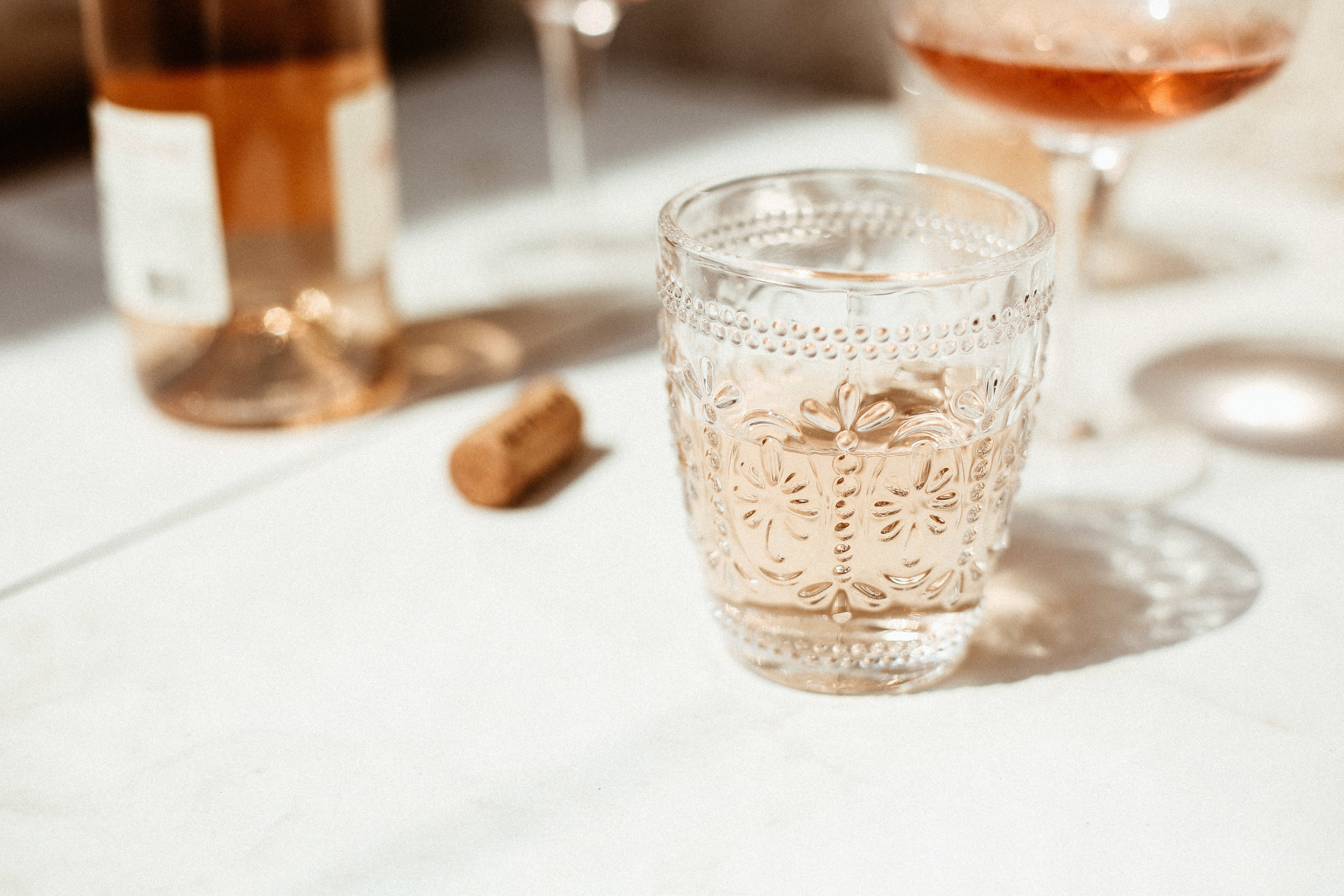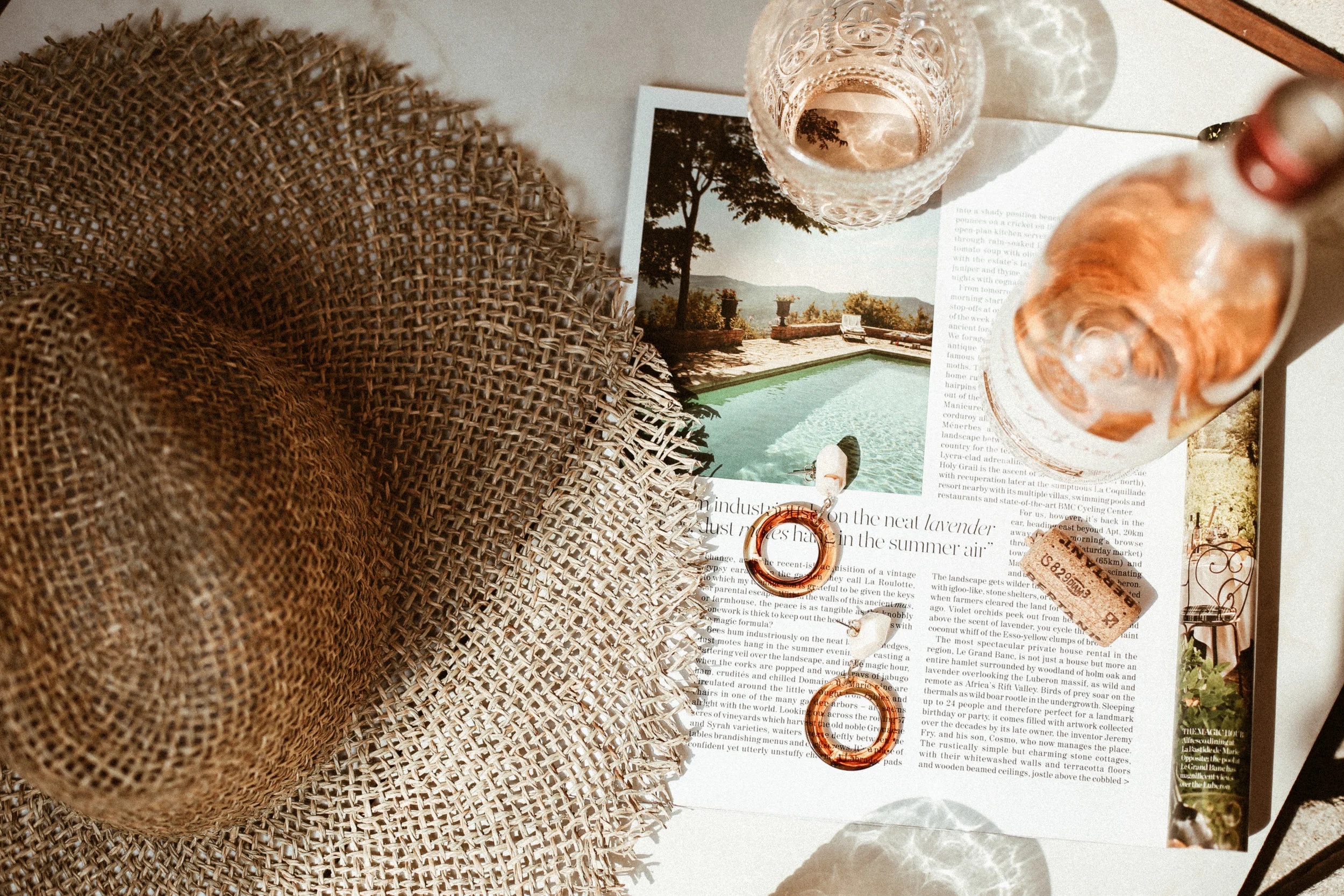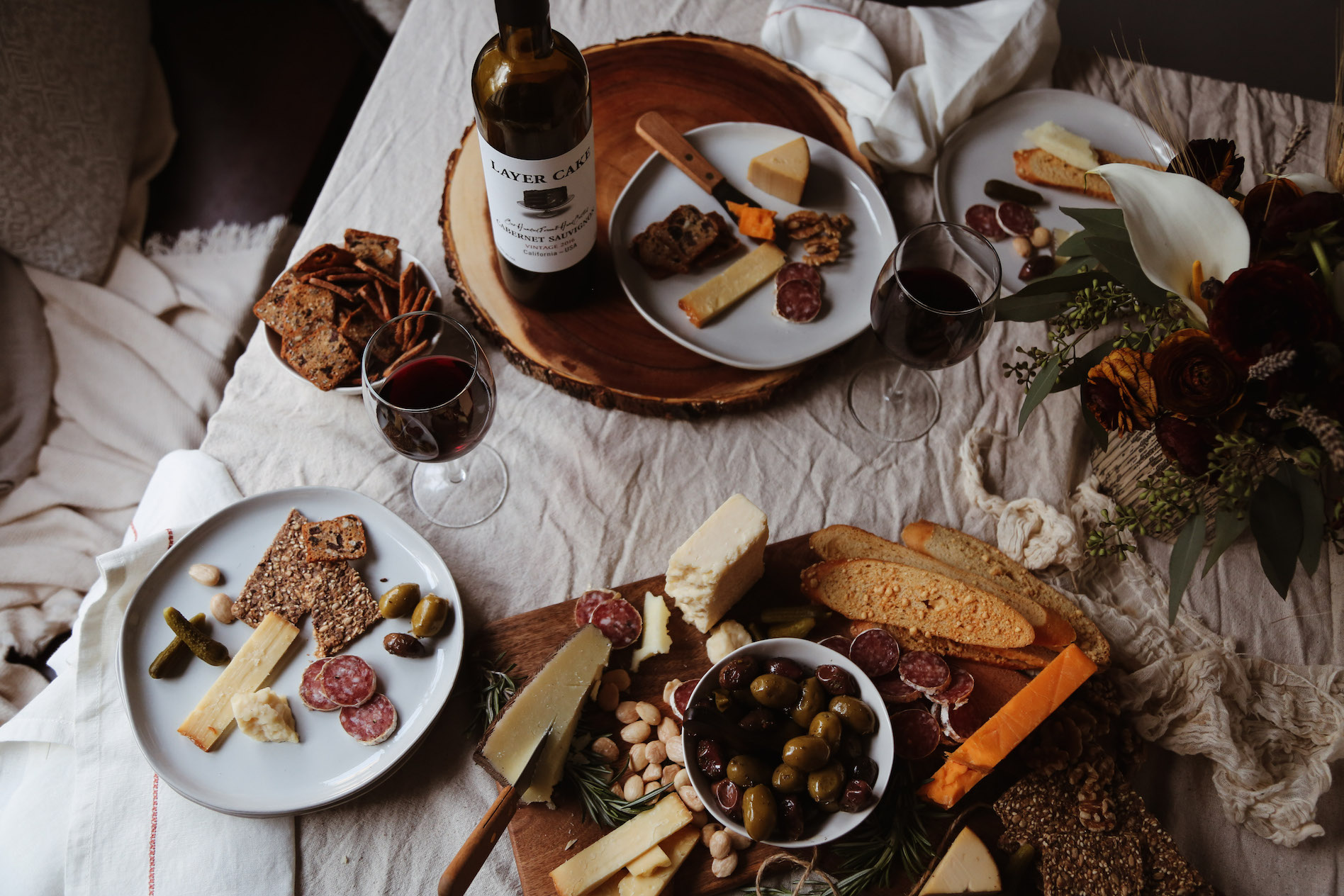The RC-Approved Summer 2019 Rosé Guide

‘Tis the season!
Rosé season, that is! And in honor of that, and, well, the fact that it’s basically just the best season ever, I’ve decided to put together a summer rosé guide. I promise it had nothing to do with the fact that I wanted a valid excuse to drink alllll the rosés (“It’s for work, I swear!”) and everything to do with making an easy-to-use guide on rosé and which ones you should be drinking this summer. It was a tough job, but someone had to do it, so you’re welcome! Cheers!
A few things to note
The list is set-up by price, from low to high.
With the pricing, please keep in mind that it varies based on things such as state, retailer and taxes. For example, I know a few of the ones on the list are less at Trader Joe’s and Target, but more on Wine.com.
I’ve included not only the name of the wine + the price, but also where it is from, tasting notes and any special facts (like if it’s organic or sustainably produced).
Some of the wines on this list are newer to me, some I’ve been drinking for a while. But most importantly, I have personally tried every single one (aka I’m not recommending something that I wouldn’t drink myself).
2019 summer rosé guide
BEST SERVED
Rosé should be served chilled, somewhere in the range of 50-60 degrees, but if it’s a sparkling variatal you might prefer it to be even colder.
Pairs Well With…
…just about everything. No, really, it does. Seafood, chicken, Asian cuisine, cheeseboards, pizza, pasta, sushi…you name it, it will go.
SHELF LIFE
Rosé has a short shelf life, which isn’t generally a problem for most people (myself included). However, if for whatever reason, you happen to have an unfinished open bottle of rosé, keep it corked and refrigerated, and finish it within 5-7 days.
Rosé Run Down
So what is rosé exactly? A red wine? A white wine? How does it get its' color? How is it made?
Here’s the deal. Rosé dates back to ancient times and may even be one of the oldest wines around. While people often associate rosé with France, it’s actually produced in regions throughout the world. It is made in the style of white wines, but with red wine grapes. It’s the skin of those grapes that you have to thank for rosé’s pinkish hue, which can vary throughout a wide range of pretty shades depending on which method is used to make the rosé. And speaking of methods, there are actually a few that can be used to make rosé. Each one effects the outcome of not only the color, but also the aroma and taste and even how long it will list. For example, the longer the skins are left in contact with the juices, the deeper the color gets. In another example, one of the more common, straightforward methods of making rosé is through skin contact, or maceration. However, rosé has a limited maceration period which is one of the reasons the wine can have a shorter shelf-life and needs to be consumed soon after opening.
Rosé has become increasingly popular over the years, especially here in America and even more so in the summertime, because it’s just so easy to drink. It’s light and fresh, it has an alcoholic content more similar to white wines and it pairs well without just about everything, all key traits lending to its’ popularity.
PETER YEALANDS SAUVIGNON BLANC ROSÉ // $14.99
from // New Zealand
flavors + aromas // notes + scents of passion fruit and berries, light and crisp finish, drinks more like a Sauvignon Blanc
things of note // one of our new favorite rosés to drink (Seriously, we want to buy it by the case!), new to the US market this year, uses eco-friendly practices throughout the production to create sustainable and environmentally friendly wines
Dreaming Tree Rosé // $15.00
from // California
flavors + aromas // floral aromas, crisp watermelon and strawberry flavors
things of note // I first discovered this wine, a partnership between Dave Matthews (Yes, as in the musician.) and New Zealand winemaker, Sean McKenzie, at a party for the brand while I was still living in New York. They are a Certified California Sustainable Winegrowing winery, they’re part of a solar initiative that uses solar panels to harness energy needed to produce their wines and they give back to several environmental organizations.
Bertani Bertorose // $15.99
from // Italy
flavors + aromas // light + crispy, an easy finish with notes of pomegranate and aromas of sweet caramel
things of note // winery is rich with history as it was founded in 1857; produced in the beautiful Lake Garda region of Italy
Mas de la dame La Gourmande rosé // $19.99
from // France
flavors + aromas // a buttery scent and a bit of an oaky-meets-citrus taste
things of note // female owned and operated, the name Mas de la Dame means “farm of the lady” and is a nod to the owners, certified organic and produced using sustainable practices
Dark Horse Rosé in a can // $5.99
from // California
flavors + aromas // dry + crisp, but still bright with fruity flavors, with just a touch of spice
things of note // the only canned wine on this list; ideal for backyard bbq and smoked meats
La Vielle Ferme Rosé// $7.99
from // France
flavors + aromas // crisp + well-balanced with notes of cherry and a fresh acidity
things of note // one of the best value rosés, especially for a French wine; easy to drink
Portillo Rosé // $10.99
from // Argentina
flavors + aromas // a sweeter flavor with a slightly acidic finish, notes of strawberry and raspberry
things of note // Portillo is Argentina’s first wine to have a certified reduced carbon footprint; their rosé is made from 100% Malbec grapes in the Uco Valley, an area that is home to some of the highest elevations in the world; another great, all-around rosé
Jean-Luc Colombo Cape bleua rosé // $12.99
from // France
flavors + aromas // a drier option with an earthy aroma, a bit of a spicy taste but with a fresh, buttery finish
things of note // produced in the Provençal style in a place near Marseille using a blend of Syrah and Mourvèdre grapes; this one is especially excellent for seafood pairings
LVE Côtes de Provence Rosé // $25.00
from // California
flavors + aromas // notes of stone fruit and berries with a touch of earthiness
things of note // LVE stands for Legend Vineyard Exclusives, musician John Legend’s collaboration with renowned Napa Valley wine producer Raymond Vineyards; certified organic and Biodynamic, and 100% of the winery’s power comes from renewable solar energy
Gustave Lorentz Rosé // $26.99
from // France
flavors + aromas // citrus-y, bright, fresh and with a hint of strawberry
things of note // certified organic; made from 100% pinot noir grapes; can also be enjoyed at an elevation of 35,000 ft on airlines such as Air France and Emirates
Folktale Rosé //$28.00
from // California
flavors + aromas // earthy yet crisp with notes of grapefruit + melon
things of note // discovered and fell in love with this wine when we went to their winery last summer; such a perfect, crisp option on a hot summer day and paired so perfectly with our salad and pizza; they use 100% organic and sustainable methods to farm their vineyards
Santa Margherita Sparkling Rosé // $29.99
from // Italy
flavors + aromas // sweet + crisp with notes of berries and floral aromas
things of note // vegan-friendly, sustainably produced through eco-friendly and renewable energy processes












